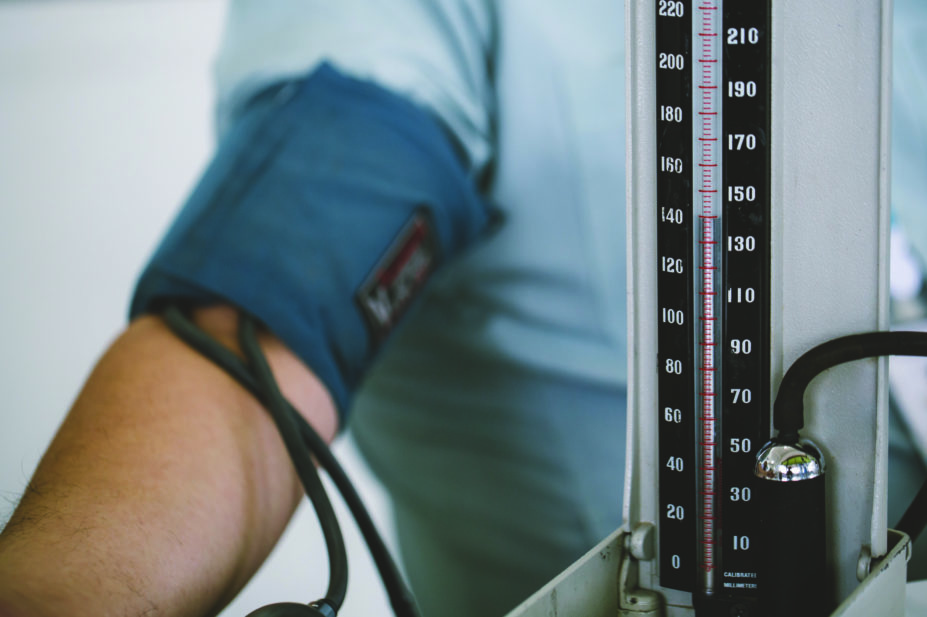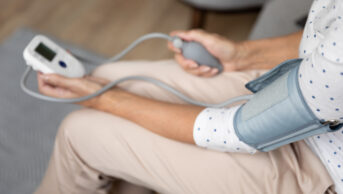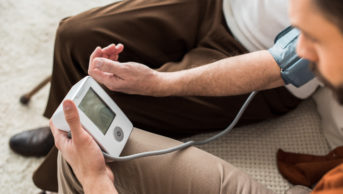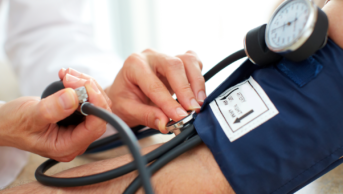
Shutterstock.com
Thousands more people could be eligible for blood pressure treatment under new National Institute for Health and Care Excellence (NICE) draft guidance.
The updated guideline on hypertension recommends reducing the threshold at which the treatment should be considered. It advises that blood-pressure-lowering drugs should be offered to people aged under 80 years with a diagnosis of stage 1 hypertension who have an estimated 10-year risk of cardiovascular disease (CVD) of 10% or more. Previously, the threshold was 20%.
It is estimated by NICE that around 450,000 men and 270,000 women in England would fall into the category of having stage 1 hypertension and a CVD risk of between 10% and 20%.
However, NICE said it was “difficult to predict what impact using the lower CVD risk threshold will have in practice” owing to variation in how its previous guidance, published in 2011, was being implemented. NICE estimated that around 50% of people above the 20% CVD risk threshold were currently receiving the blood pressure drugs.
Anthony Wierzbicki, chair of the NICE guideline committee, said: “A rigorous evaluation of new evidence has resulted in updated recommendations around when to treat raised blood pressure that have the potential to make a real difference to the lives of many thousands of people with the condition.
“The guideline effectively shifts the focus to earlier intervention with lifestyle or drug treatment because this may slow the age-related deterioration of blood pressure. This would keep people well for longer and reduce the long-term need for multiple medications.”
The draft guidance also “supports the ‘NHS Long Term Plan’s’ aim to improve chronic disease prevention” and places “a greater emphasis on achieving and maintaining blood pressure targets as many people with high blood pressure are undertreated”, he added.
NICE had previously said that it would “almost certainly” consider evidence used to produce American Heart Association guidance on hypertension diagnosis and management, published in November 2017, which reduced the blood pressure threshold for stage 1 hypertension.
But it said that although it did consider evidence “reviewed in other recent international hypertension guidelines”, they “were difficult to interpret because although they recruited people with raised blood pressure who had increased CVD risk, they also included people who had other CVD risk factors such as established blood pressure-related organ damage from previous CVD, or chronic kidney disease”.
“Therefore, these studies could not be directly used to inform the recommendations in this draft guidance,” NICE said.
Helen Stokes-Lampard, chair of the Royal College of GPs, said many GPs had concerns about overdiagnosis and the unintended harms of prescribing medication to groups of patients when the benefits may be limited.
“Lowering the threshold for treatment or diagnosis of hypertension, or high blood pressure — a condition that already affects a very large number of patients in the UK — is likely to affect thousands, if not millions of patients, so this decision must not be taken lightly and must be evidence-based,” she added.
A consultation on the draft guidance will close on 23 April 2019, and final guidance is expected to be published in August 2019.


